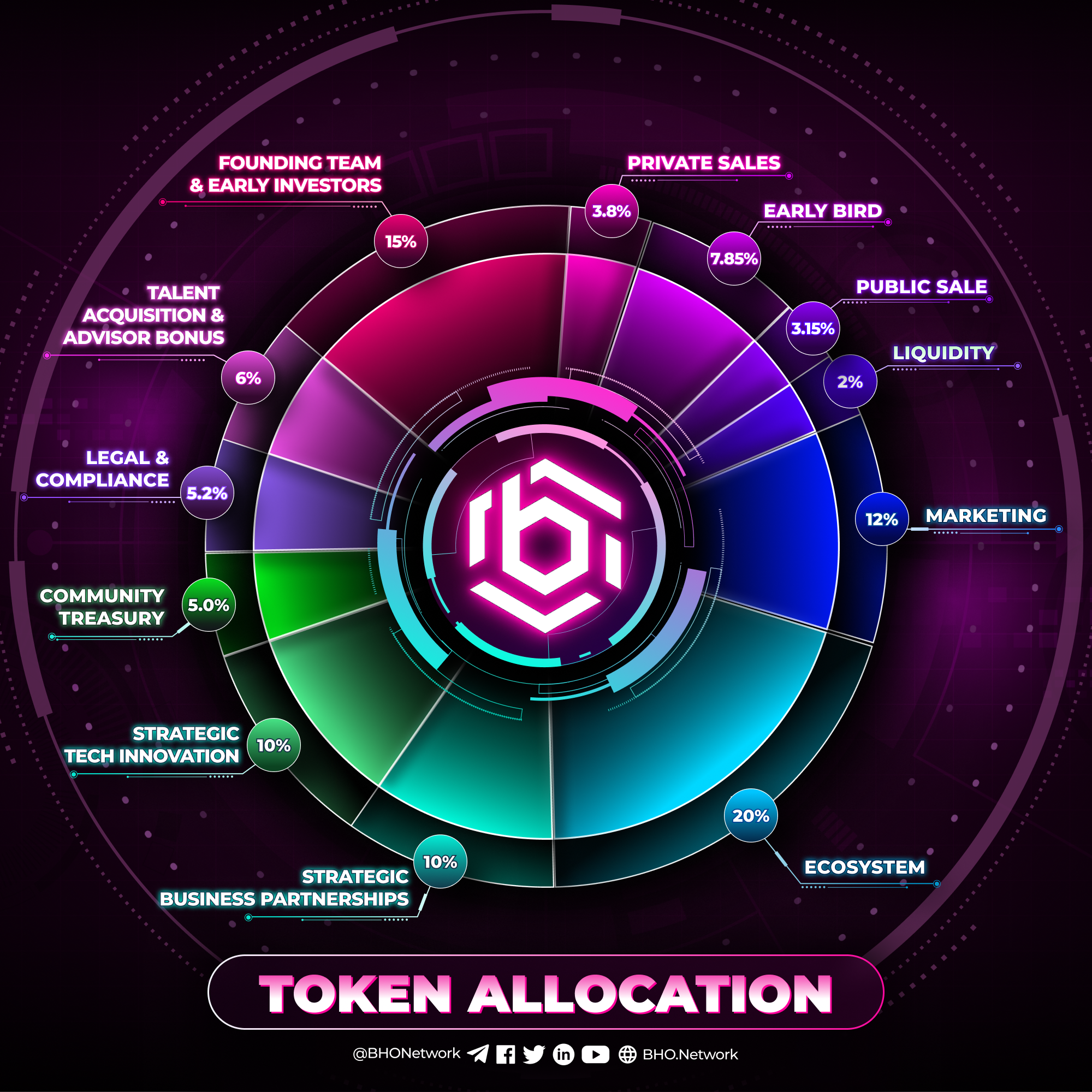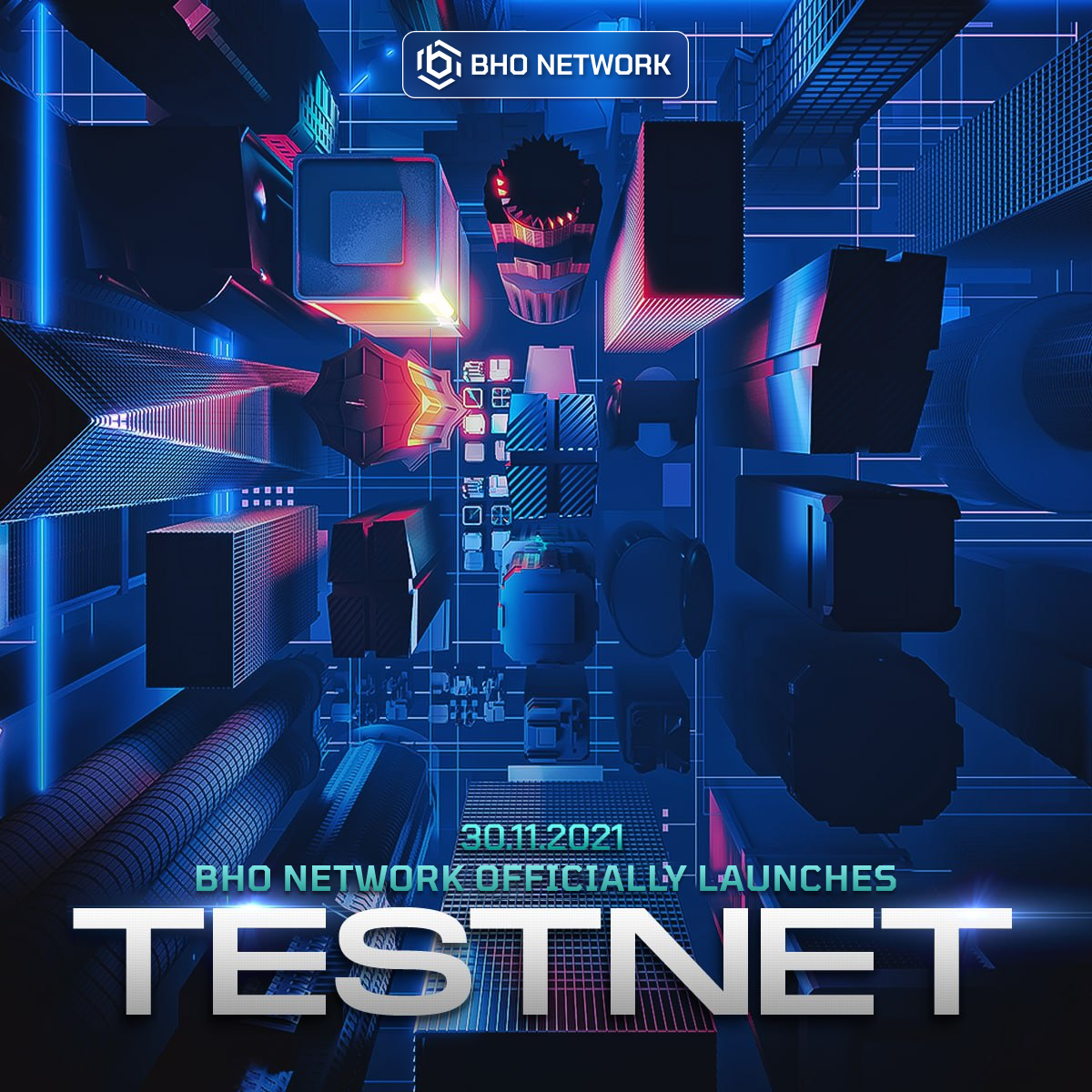RWA: HOW TOKENIZE REAL ASSETS?
Tokenization is the process of creating digital fragments of real-world assets (RWA) with low liquidity, allowing anyone - from institutional investors to individual retail investors - to own a portion of assets such as real estate, artworks, or commodities at a low cost. This process is optimized with blockchain technology, ensuring that each part or token of the asset is securely and transparently recorded, making it nearly impossible to counterfeit. This enhances the liquidity of assets, making them more accessible, and allowing fractional ownership, thereby enabling more investor groups to participate in the market.
Tokenization is not merely a passing trend; it will reshape how we perceive ownership and investment in the digital age. Data published by DefiLlama indicates that by 2023, the total value locked (TVL) in RWA protocols will exceed $6 billion, demonstrating the immense potential in this domain that is far from being realized.
So, how do RWA protocols tokenize real-world assets?
At its core, tokenization involves transforming the rights of real-world assets into digital tokens on a blockchain. Encoding real-world assets into metadata or 3D internet is a process that blends physical and digital realms, bridging the gap between tangible assets and their ability to be traded, stored, and transferred in the digital world.
Below is an analysis of each step in the tokenization process within the metaverse:
Asset Identification: The first step is to identify assets in the real world for tokenization, such as real estate, commodities, artworks, or collectibles. These assets must have clear value and ownership rights.
Valuation and Verification: Assets must undergo a valuation process to determine their accurate value and decide whether they should be divided into digital tokens. Verification ensures that the assets are legal and that the owner has the right to tokenize them.
Legal Structuring: Subsequently, legal entities will structure an asset into a token-friendly format, ensuring compliance with current legal requirements and establishing the owner's rights to tokenize it.
Choosing a Blockchain Network: The next step is to decide on a public or private blockchain network for token issuance. For example, Ethereum is popular for supporting smart contracts and has a large developer community.
Token Creation: Tokens representing ownership rights or a portion of real-world assets are created using blockchain technology. These tokens are unique, indivisible, and encrypted for security. Determining whether tokens will be fungible or non-fungible, selecting appropriate token standards (such as ERC20 or ERC721), and establishing core token attributes are addressed in this step.
Smart Contract Development: Smart contracts are programmed to manage ownership and transaction terms of tokenized assets, providing a robust, secure, and transparent framework for managing encrypted assets. These are self-executing contracts with agreement terms written directly into code. Smart contracts automate many processes, including dividends, voting rights, and buyback options. For example, concerning real estate, smart contracts play a crucial role by automatically distributing dividends to token owners, rationalizing what would otherwise be a manual and complex process. Besides operational mechanisms, smart contracts also serve as tools to ensure legal compliance, strictly adhering to regulations, including KYC (Know Your Customer) and AML (Anti-Money Laundering) standards.
Launch and Trading: Tokens are released on the blockchain platform, making them available for trading on secondary markets. Investors can buy, sell, or trade tokens, with each token representing a share in a real-world asset.
Management and Compliance: Continuous management of tokenized assets is crucial, ensuring compliance with regulations and legal frameworks.
Tokenizing real-world assets offers significant opportunities to restructure financial infrastructure into a safer, more transparent, and efficient auxiliary foundation to address critical interest conflicts and risk management challenges associated with traditional financial infrastructure. The road ahead for the RWA field will continue to pose many challenges, but the potential for widespread adoption remains greater and more worthwhile than any challenge to be faced.
Published on April 11, 2024







